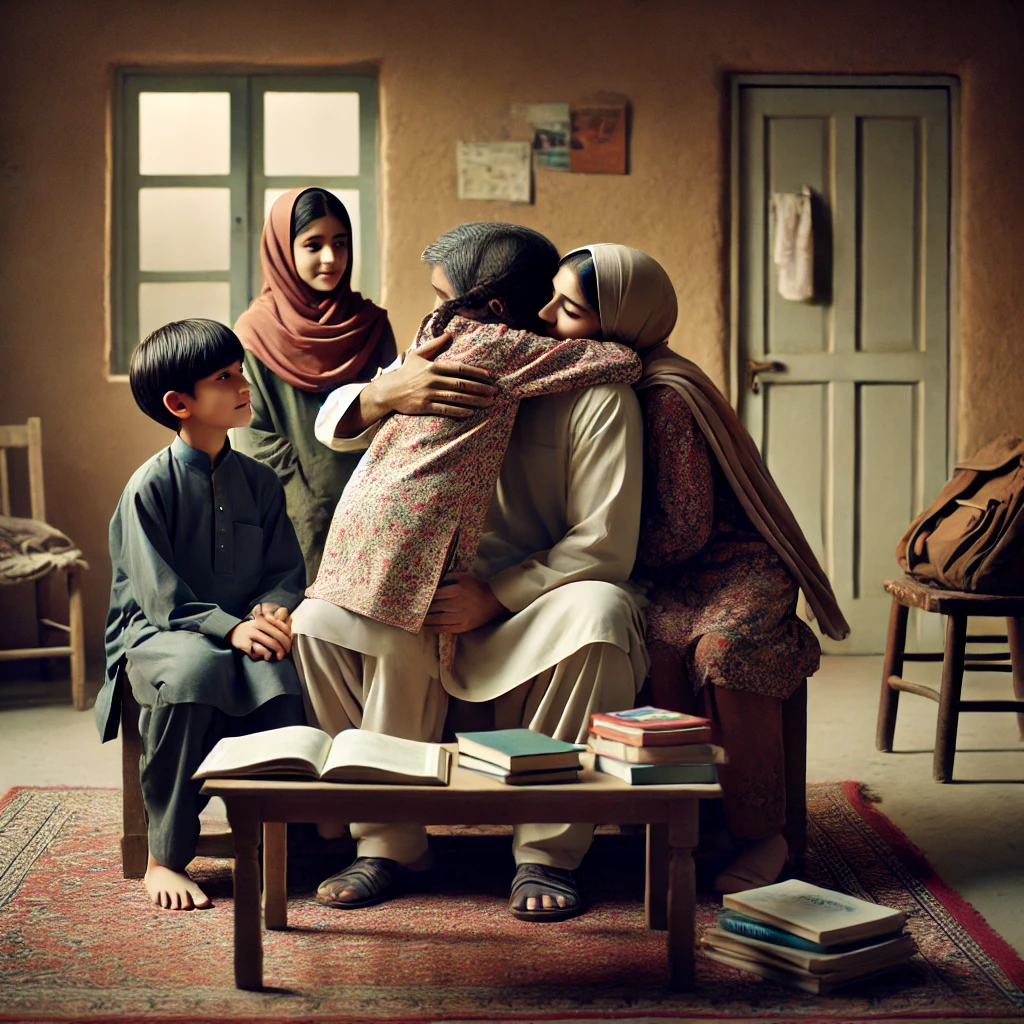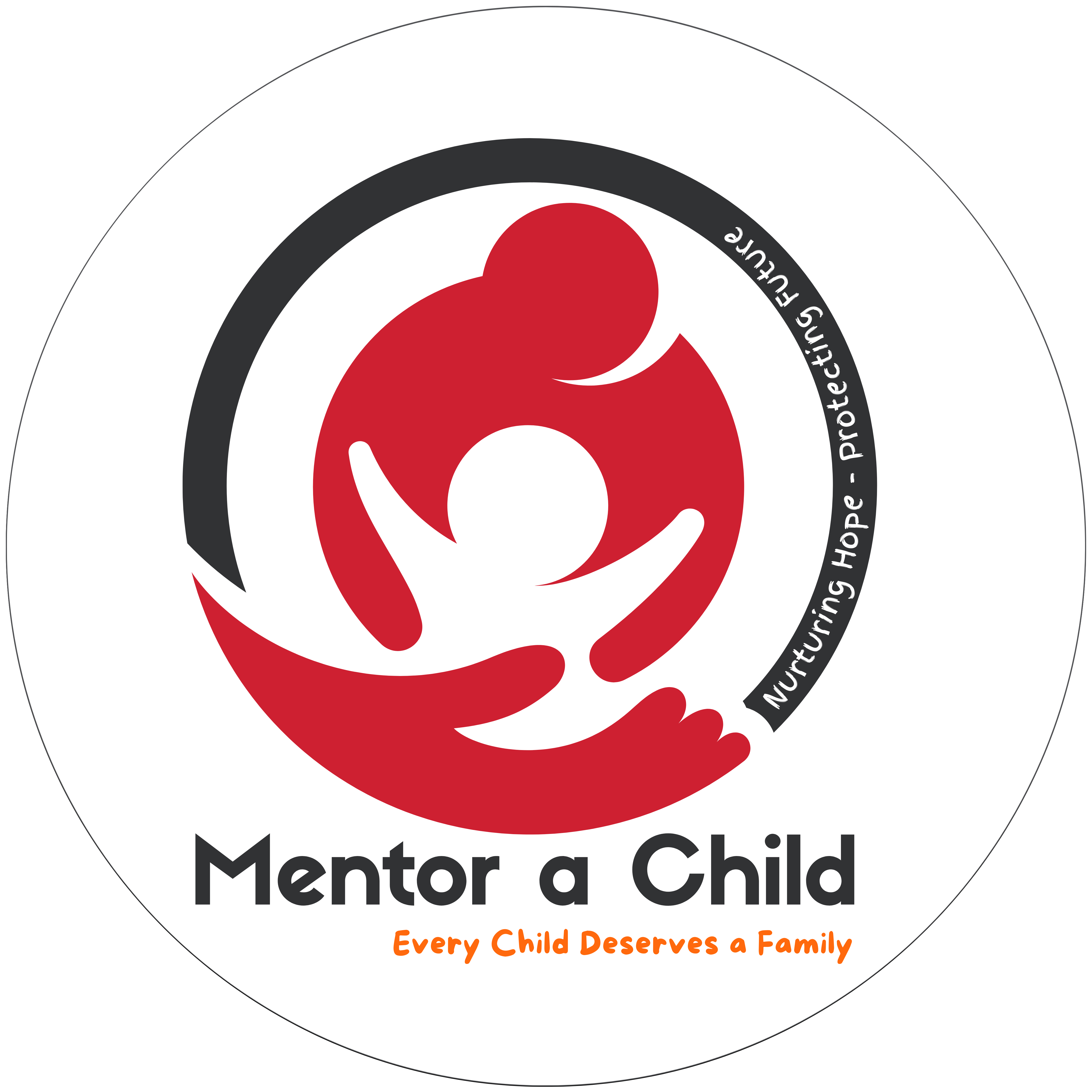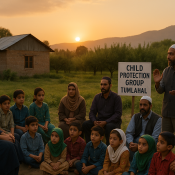
Marium Insha & Amaan
Background
In south Kashmir’s Shopian district, an intervention at the critical hour was able to stop a family from splitting apart after it lost its principal breadwinner to a tragic end. This case study looks at how coordinated community action, facilitated by HWVO under UNICEF’s Alternative Care project, stopped two children from being placed in institutional care.
The Family’s Situation
Naina (Name Changed), a 45-year-old mother of three, faced an unexpected crisis when her husband Maqbool Ahmad suffered a fatal accident at his construction work site in July 2020. Left without a source of income, she struggled to provide for her three children:
Marium (15): A high-performing student who had recently excelled in her 10th-grade examinations
Insha (11): Enrolled in a private school with strong academic performance
Amaan (10): Also enrolled in private school with good academic performance
The Problem
After the death of her husband, Naina faced several problems such as:
- Total loss of family income
- Increasing educational costs for three school-going children
- Gradual decline in support from the extended family and community
- Meagre resources: Only 2 kanal barren agricultural land and a semi-permanent house
- Psychological shock and alienation
Intervention Plan
The intervention was multi-stakeholder.
- Initial Appraisal
HWVO team made several visits to the family to get an idea of the situation
The team identified risk of separation from family due to lack of financial resources
The team identified Naina’s main issue of keeping the dignity of her children
- Community Mobilisation
The HWVO team involved Community-based Child Protection Groups (CPGs) of Trenz and Pinjora villages
The team held joint meetings to come up with long-term interventions
The team opted for care in the family setting rather than institutional placement
- Resource Mobilisation
Local organisation (Trenz United Youth Foundation) undertook to make monthly financial provisions
CPGs started local resource mobilization
Connected family with District Child Protection Unit (DCPU) for government sponsorship
Explored skill development opportunities for long-term sustainability
Outcomes
- Family Preservation
Successfully prevented institutional placement of two children
Maintained family unity in their community setting
- Financial Support
Obtained monthly assistance of Rs 1500 from Trenz United Youth Foundation
Government sponsorship of Rs 2000 monthly for the youngest child
Established transparent financial support mechanisms respecting family dignity
- Long-term Impact
Community Engagement
Demonstrated effectiveness of community-based child protection
Built sustainable support system through local resources
Increased community awareness on family preservation
- Systemic Change
Set a precedent for community-led child protection
Built linkages between community organizations and government support systems
Key Lessons
- Community Empowerment
The case shows how an informed and organized community can prevent family separation using local resources.
- Dignity-Centered Approach
Respecting the dignity and privacy of the family was essential to gaining trust and ensuring the success of intervention.
- Multi-stakeholder Coordination
The successful outcome was a result of coordinated efforts between community groups, local organisations, and government agencies.
Recommendations
- Strengthen community-based child protection mechanisms through formal recognition and support
- Develop sustainable funding models that combine community resources with government support
- Prioritize dignity-preserving approaches in family support interventions
- Document and share successful community-driven interventions to promote replication
- Invest in capacity building of local organizations and community groups
Conclusion
This case study demonstrates the potential of community-based interventions in preventing family separation. Mobilizing local resources and coordinating multiple stakeholders not only preserved family unity but also established a replicable model for family-centered child protection in similar contexts.




